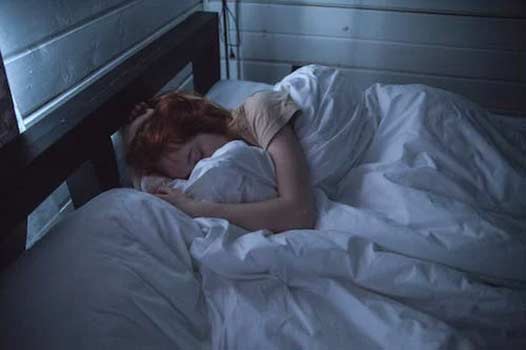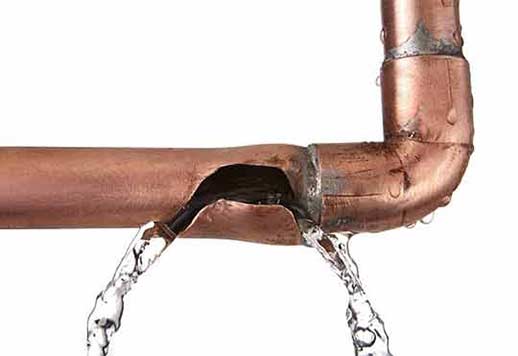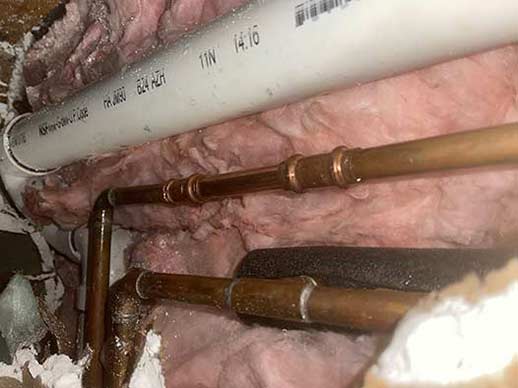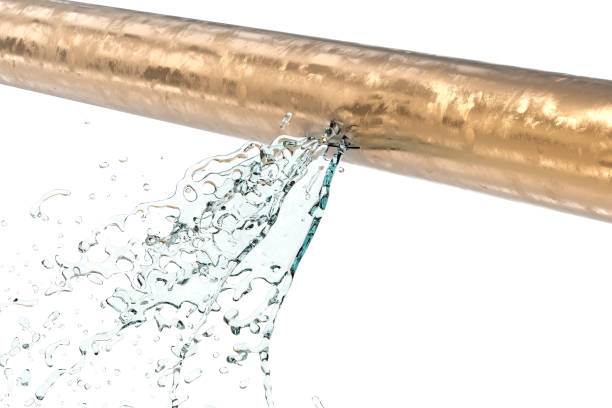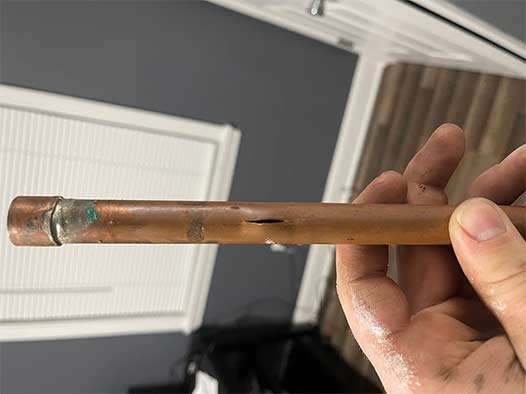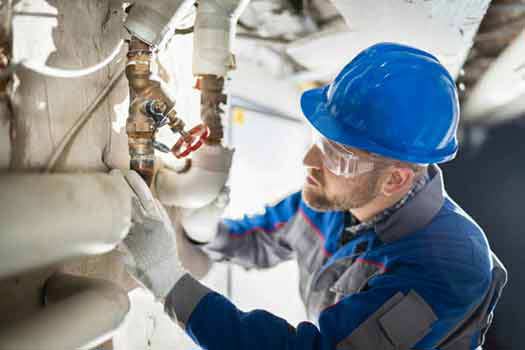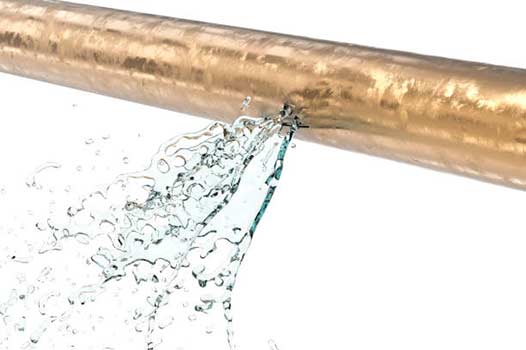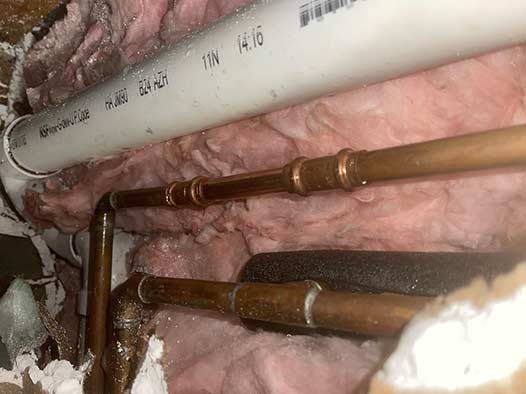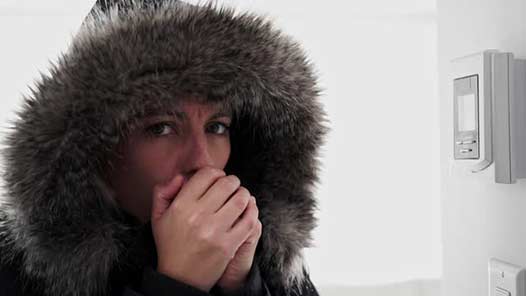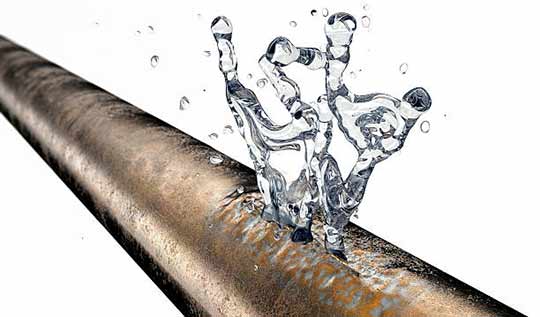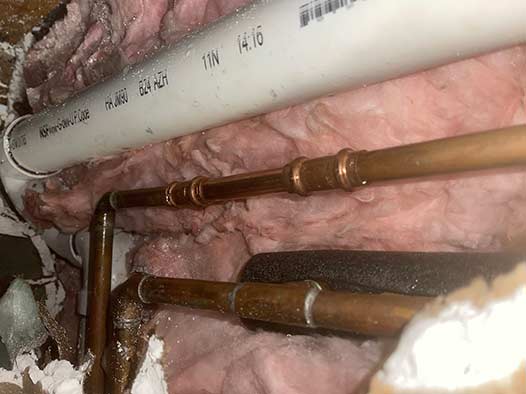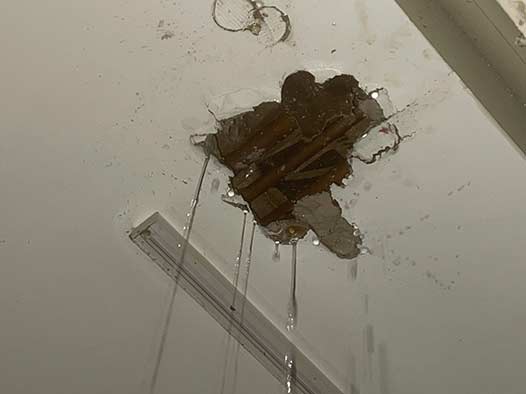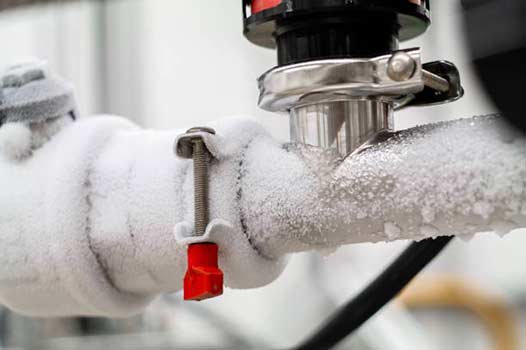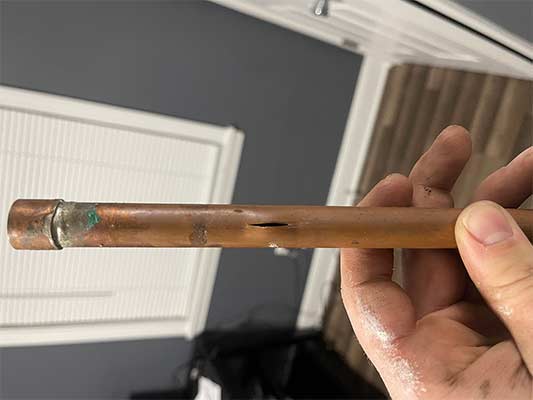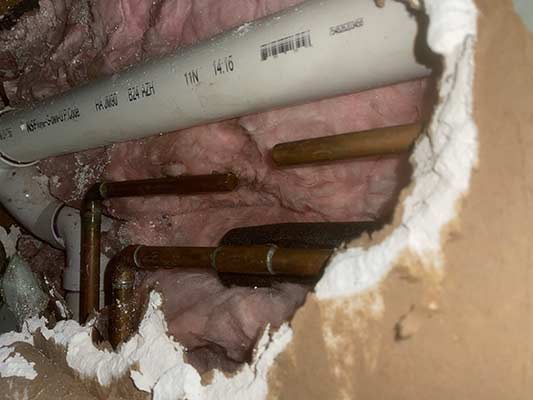When disaster strikes in the middle of the night, it can be a panic-inducing situation. One such common household disaster is a burst pipe. Not only can it cause significant damage to your home but also leave you feeling helpless and uncertain of what to do next. In this guide, we will walk you through the steps to handle a burst pipe in the middle of the night, providing you with the knowledge and confidence to tackle the situation effectively.
Understanding the Problem
Before diving into the solutions, it is essential to understand the problem at hand. A burst pipe occurs when water pressure inside the pipe exceeds its capacity, leading to a rupture. This can be due to various reasons, including freezing temperatures, aging pipes, or excessive water pressure. Regardless of the cause, the key is to act swiftly to minimize the damage.
Safety First
Before taking any action, it is crucial to prioritize your safety and the safety of your family. Water leakage can result in slippery surfaces and potential electrical hazards. Here are some important safety measures to keep in mind:
- Turn off the electricity: Locate your main electrical panel and switch off the power to the affected area to eliminate the risk of electrocution. If you are unsure about the main switch, it is recommended to contact an electrician.
- Wear protective gear: Put on rubber gloves, goggles, and non-slip footwear to protect yourself from any potential harm.
- Shut off the water supply: Locate the main water valve in your home and turn it off. This will stop the flow of water and prevent further damage.
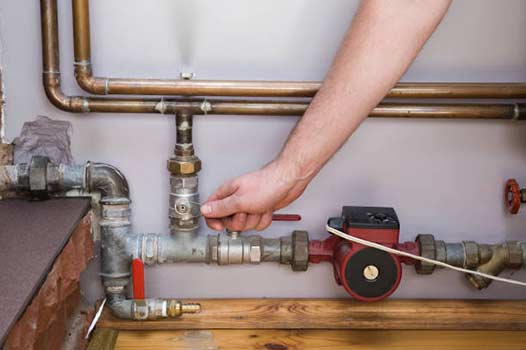
Locate the main water valve in your home and turn it off. This will stop the flow of water and prevent further damage.
Assessing the Damage
Once you have ensured your safety, it’s time to assess the extent of the damage caused by the burst pipe. This will help you determine the best course of action and whether you can handle the situation yourself or require professional assistance. Some factors to consider when assessing the damage include:
- Location of the burst pipe: Is the burst pipe easily accessible, or is it hidden within a wall or ceiling?
- Size of the leak: Is it a minor leak or a major gush of water?
- Duration of the leak: Has the water been flowing for a while, or did you notice it immediately?
Temporary Fixes
While waiting for professional help or permanent burst pipe repairs, there are some temporary fixes you can implement to minimize the damage:
- Contain the water flow: Place buckets, bowls, or towels below the leak to collect any dripping water.
- Use pipe clamps or rubber patches: If the burst pipe is accessible, you can attempt to seal the leak temporarily using pipe clamps or rubber patches. Make sure to follow the instructions provided carefully.
- Apply epoxy putty: Epoxy putty can be effective in sealing small cracks or holes. Knead the putty and apply it directly to the leaking area, following the product instructions.
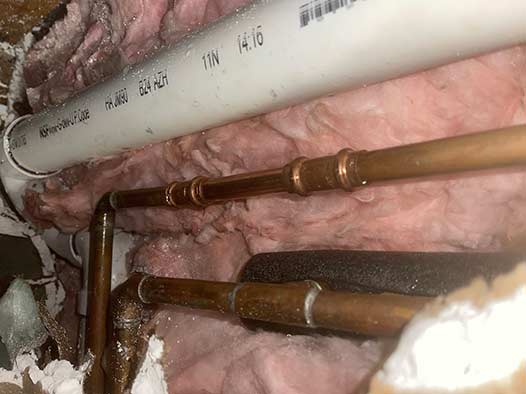
While temporary fixes can help reduce the immediate damage, it is crucial to contact a professional plumber as soon as possible to address the root cause and ensure a permanent solution.
Calling a Professional
While temporary fixes can help reduce the immediate damage, it is crucial to contact a professional plumber as soon as possible to address the root cause and ensure a permanent solution. Look for licensed and experienced plumbers who offer emergency services, as they are well-equipped to handle burst pipes promptly.
When contacting a professional, provide them with essential details such as the location of the burst pipe, any temporary fixes you have implemented, and the extent of the damage. This will help them assess the situation accurately and come prepared with the necessary tools and materials.
Preventing Future Incidents
Dealing with a burst pipe can be a stressful experience, but there are steps you can take to minimize the chances of it happening again:
- Insulate exposed pipes: If freezing temperatures are a common occurrence in your area, consider insulating exposed pipes to protect them from cold weather.
- Maintain proper water pressure: Excessive water pressure can strain your pipes. Install a pressure-reducing valve if necessary, and monitor the water pressure regularly.
- Replace old pipes: Aging pipes are more prone to bursting. If your plumbing system consists of old pipes, consider replacing them with newer, more durable materials.
In Conclusion
While a burst pipe in the middle of the night can be a daunting situation, being prepared and taking immediate action can help prevent further damage to your home. Remember to prioritize your safety, assess the damage, apply temporary fixes if possible, and contact a professional plumber to address the issue. By following these guidelines and implementing preventive measures, you can mitigate the risk of future incidents and ensure the well-being of your home and family.
